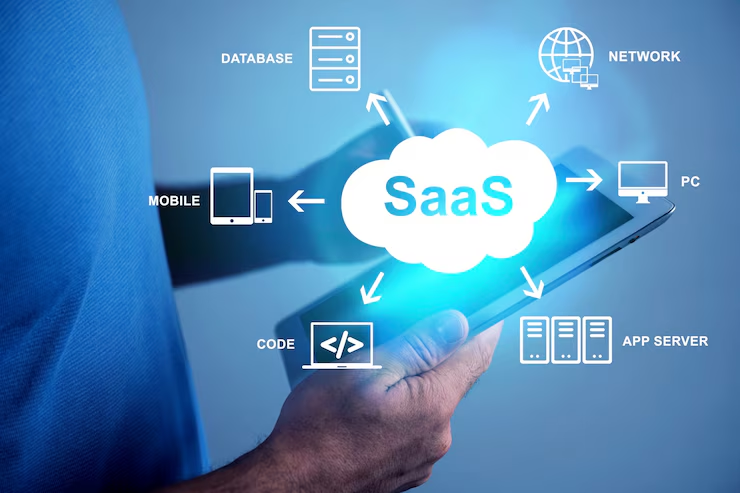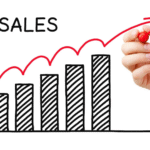What Is SaaS Application Development?
Software-as-a-Service (SaaS) has reshaped how businesses build, deliver, and consume software. Instead of downloading programs or installing heavy applications on individual systems, SaaS makes software available over the internet, typically through subscription models. But behind every successful SaaS product lies a carefully planned and executed development process—this is what we call SaaS application development.
This article explores what SaaS application development is, its core elements, and why companies are increasingly relying on specialized providers offering SaaS application development services in the United States.
Understanding SaaS Application Development
SaaS application development refers to the development of cloud-based software solutions that are hosted centrally and accessed via either a browser or mobile applications. Compared to traditional software, SaaS products are designed to run on cloud infrastructure, meaning you can afford seamless updates, scale easily, and have broad access.
At its core, SaaS development is intentionally collaborative (and has to be multi-dimensional). SaaS development requires a combination of software engineering, cloud infrastructure knowledge, and user experience design. The process is not only about writing code—it also involves ensuring security, performance optimization, and multi-tenant architecture support.
Key Components of SaaS Application Development
Building a SaaS product involves multiple moving parts. Below are the core components that define this process:
1. Multi-Tenancy Architecture
A single application instance must serve multiple customers (tenants) while keeping their data secure and isolated. This design lowers infrastructure costs and improves scalability.
2. Cloud Hosting and Infrastructure
SaaS applications are hosted on cloud platforms like AWS, Azure, or Google Cloud. Developers must ensure that the infrastructure supports high availability, disaster recovery, and elastic scaling.
3. Subscription and Billing Management
Since SaaS relies heavily on subscription-based revenue models, integrated billing systems are essential. Features like automated invoicing, usage tracking, and payment gateways form a vital part of the ecosystem.
4. Data Security and Compliance
Security is critical in SaaS. From encryption to access control and compliance with standards like GDPR or HIPAA, safeguarding customer data builds trust and ensures long-term sustainability.
5. Continuous Delivery and Updates
Unlike traditional software releases, SaaS applications are updated continuously. Automated CI/CD pipelines allow for smooth deployment of new features without downtime.
The SaaS Application Development Lifecycle
The lifecycle of SaaS app development mirrors traditional software development but emphasizes scalability and cloud efficiency:
- Idea Validation – Conducting market research and validating the need for the SaaS product.
- Architecture Planning – Designing multi-tenant architecture and cloud infrastructure.
- Development – Writing modular, secure, and scalable code.
- Testing – Ensuring performance, security, and user acceptance testing.
- Deployment – Launching the app on the cloud with robust monitoring.
- Maintenance & Scaling – Continuously improving performance, rolling out updates, and adding new features.
Why Businesses Choose SaaS App Development
SaaS application development has become the go-to model for startups and enterprises due to its inherent advantages:
- Lower Costs – No upfront hardware or infrastructure investment.
- Accessibility – Available anytime, anywhere via the internet.
- Scalability – Flexible infrastructure that grows with the business.
- Faster Deployment – Quicker go-to-market compared to traditional software.
- Customer-Centric Model – Continuous updates keep users engaged and satisfied.
SaaS App Development Services in the United States
The United States has become a global hub for SaaS innovation, thanks to its strong ecosystem of startups, cloud service providers, and tech talent. SaaS app development services in the United States offer end-to-end solutions, including:
- Cloud-native SaaS product engineering
- Migration of existing applications to SaaS models
- API development and third-party integration
- Security and compliance consulting
- Post-launch support and scaling strategies
These services help businesses not only develop but also sustain SaaS products that align with modern market demands.
The Connection with Application Modernization
As companies evolve, many legacy applications no longer meet user expectations or performance needs. This is where application modernization services in the United States intersect with SaaS development.
Application modernization involves upgrading outdated systems by re-engineering them into modern SaaS-based models. Instead of maintaining monolithic legacy software, organizations can transform it into scalable, cloud-native SaaS solutions. This approach allows businesses to:
- Reduce operational costs
- Improve agility and customer experience
- Adopt subscription-based revenue streams
- Future-proof applications with cloud technologies
Final Thoughts
SaaS application development is more than just building cloud-based software—it’s about designing resilient, scalable, and customer-focused digital solutions. With the rising demand for subscription-driven models, businesses across industries are embracing SaaS to remain competitive.
By partnering with Jellyfish Technologies providers specializing in SaaS application development services in the United States and leveraging application modernization services in the United States, organizations can unlock new levels of innovation, operational efficiency, and customer satisfaction.


